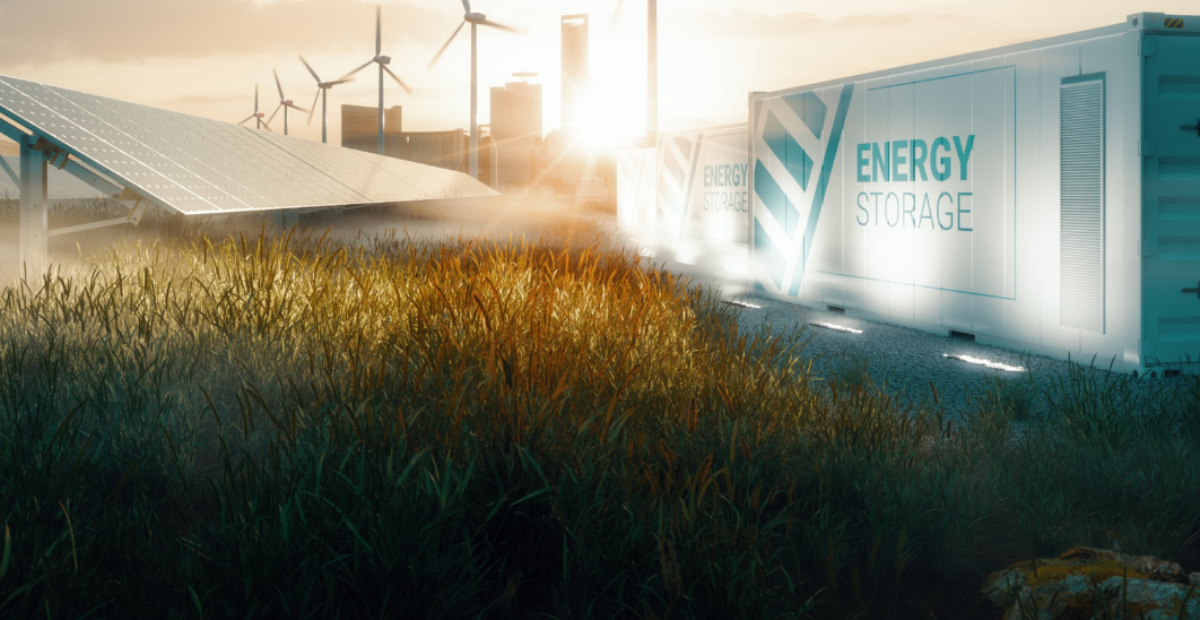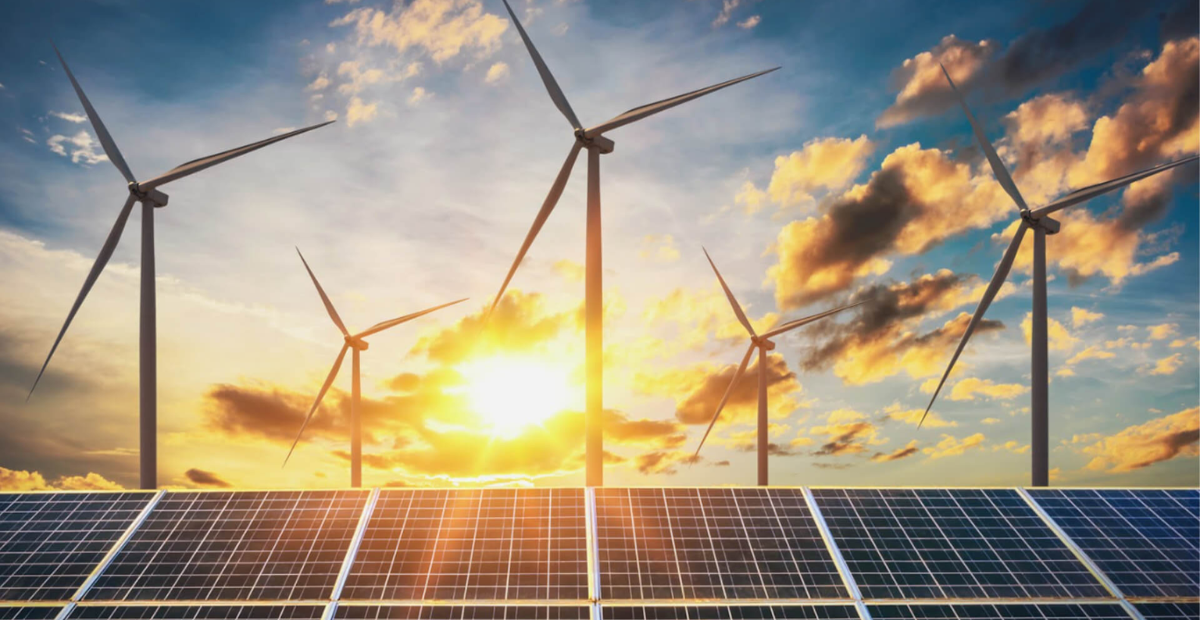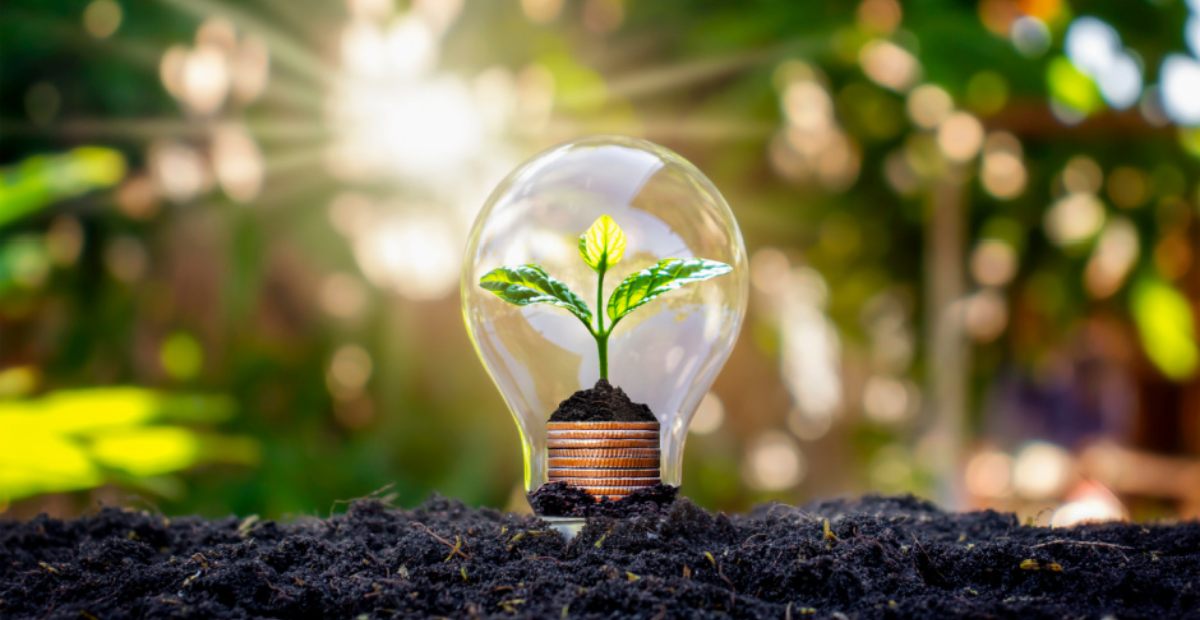In this rapidly evolving world fuelled by technological advancements, ESS has emerged as a game-changer by revolutionizing the way we generate, store, and utilize energy. ESS means Energy Storage Solution and it is designed to store energy for later use in balancing energy supply and demand in various applications. In this blog we are going to understand how ESS are paving the way for a sustainable future.
Why there is a need for ESS or Energy Storage Systems:
There is a growing need for ESS when we talk about renewable energy storage & utilization. One of the challenges associated with renewables sources are them being intermittent thus a need arises to store the energy to be used in time needed. Here ESS plays a reliable & efficient solution by addressing these problems.
How ESS can help power a greener future
1.Incorporation of renewable energy sources into the existing energy infrastructure
We know that solar and wind power are vital for achieving a sustainable future but their irregular nature are a challenge for grid stability. They help to store surplus energy produced by the solar panels & wind energy via the grid and deliver it when the need arises thus ensuring a consistent power supply. There are many ESS battery manufacturers in India like Akira offering reliable batteries for commercial and industrial applications.
2.Strengthening grid stability:
By offering frequency regulation & voltage support, ESS stabilizes the grid and minimizes the impact of fluctuations. ESS helps in maintaining the grid operations in a stabilized way by balancing the loads and managing the peak load demand.
3.Improved energy access to communities:
We know that access to reliable and clean energy is an important pillar of social and economic development. But still today, many communities across the world lack access to electricity. In this case, ESS can provide uninterrupted power to many off-grid and microgrid communities. By offering reliable power to the areas housing off gris & micro grid communities, it improves the quality of life & economic growth.
ESS: Challenges and Future Outlook
We have seen that there is a wide potential of ESS for a sustainable future but there are still challenges to overcome, including cost, scalability, and regulatory frameworks. With the advancing technology & rapid growth, ESS will play a crucial role in transforming the way energy is being used & help to pave the way for a sustainable future.
Summary:
ESS offers numerous benefits to the energy sector by offering steady power supply, enhancing grid stability, and promoting renewable energy integration. Ongoing research and development efforts are aimed at driving the widespread adoption of ESS for various applications in industrial & domestic usage.
Akira is a reliable ESS battery manufacturer in India offering high quality lithium-ion batteries. Our lithium-ion batteries are light in weight and offer a higher backup with excellent performance are designed to meet
demanding requirements of energy storage.



